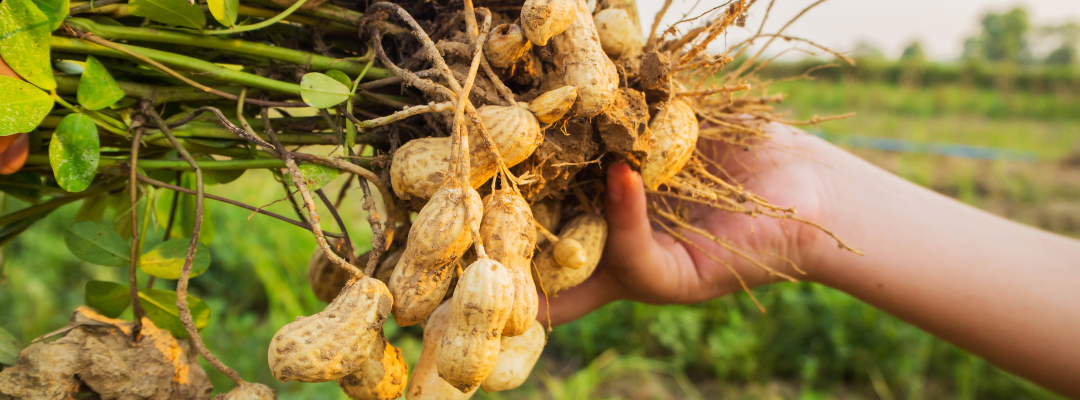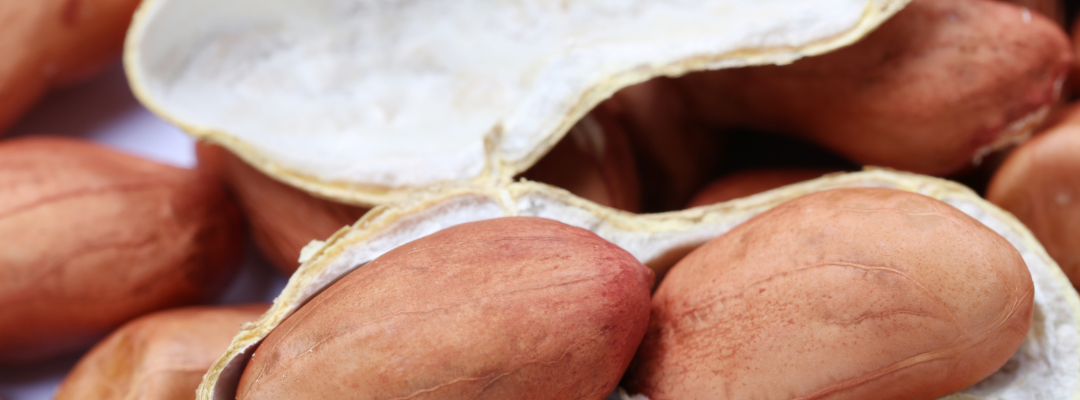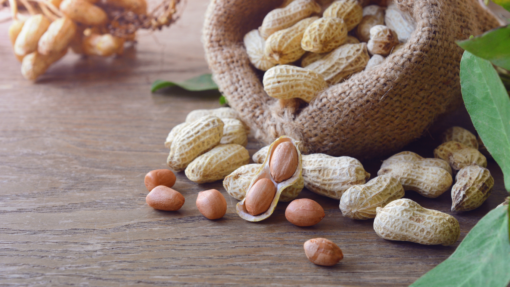The U.S. has been the world’s fourth-largest peanut producer over the past five years, averaging 3.1 million tons produced annually. Over that time, the U.S. has exported over one-fifth of its total produced peanuts, making it the third-highest exporter of peanuts globally. However, the magnitude of U.S. peanut exports and the quantity sent to its primary export partners have fluctuated year-to-year.
While the main peanut export destinations from the U.S. have been its North American neighbors, Canada and Mexico, China has played an increasing role in recent years. After accounting for just 5% to 19% of U.S. peanut exports during the 2017/18 and 2018/19 marketing years, 2019/20 and 2020/21 saw China increase to receive 43% and 40% of U.S. peanut exports, respectively. In particular, China bought a large portion of in-shell peanuts which were used to produce peanut oil during those high-import years. However, China’s imports of U.S. peanuts dropped during the 2021/22 marketing year as China saw overall imports decrease, and Mexico once again overtook China as the largest importer of U.S. peanuts. Increased opportunities could remain to export lower quality peanuts for oil as has occurred recently.
U.S. Peanut Exports by Destination and Marketing Year

Now, what should we expect this marketing year? One month into the 2022/23 marketing year, U.S. peanut exports are down 8% relative to the same period last year. While China’s imports of U.S. peanuts might not return to the levels seen in 2019/20 and 2020/21, it is worth mentioning that the USDA projects China to increase its peanut imports during the 2022/23 marketing year by 350 thousand tons over its 2021/22 level. Peanut demand in China had fallen in part because consumers switched to cheaper vegetable oils instead of the more-expensive peanut oil as they cut food expenditures during the COVID-19 pandemic. Another factor at play this year is the drought in China, which has raised concerns over how large their peanut and overall oilseed crop will be at harvest. In addition, insufficient or excess precipitation across different regions in India – a major peanut exporter to China – could subdue yields in a country that already saw decreased planted acreage this marketing year, potentially further reducing its production. These factors could increase opportunities for U.S. peanut exports to China this marketing year.

Author: Wendiam Sawadago
Assistant Professor
wendiam@auburn.edu
Sources:
USDA-FAS. China: Oilseeds and Products Update. September 8, 2022. Available at: https://www.fas.usda.gov/data/china-oilseeds-and-products-update-29
USDA-FAS. Oilseeds: World Markets and Trade. October 12, 2022. Available at: https://www.fas.usda.gov/data/oilseeds-world-markets-and-trade
USDA-FAS. India: Oilseeds and Product Update. September 8, 2022. Available at: https://www.fas.usda.gov/data/india-oilseeds-and-products-update-23
Sawadgo, Wendiam. “Who’s Buying U.S. Peanuts?“. Southern Ag Today 2(46.1). November 7, 2022. Permalink










